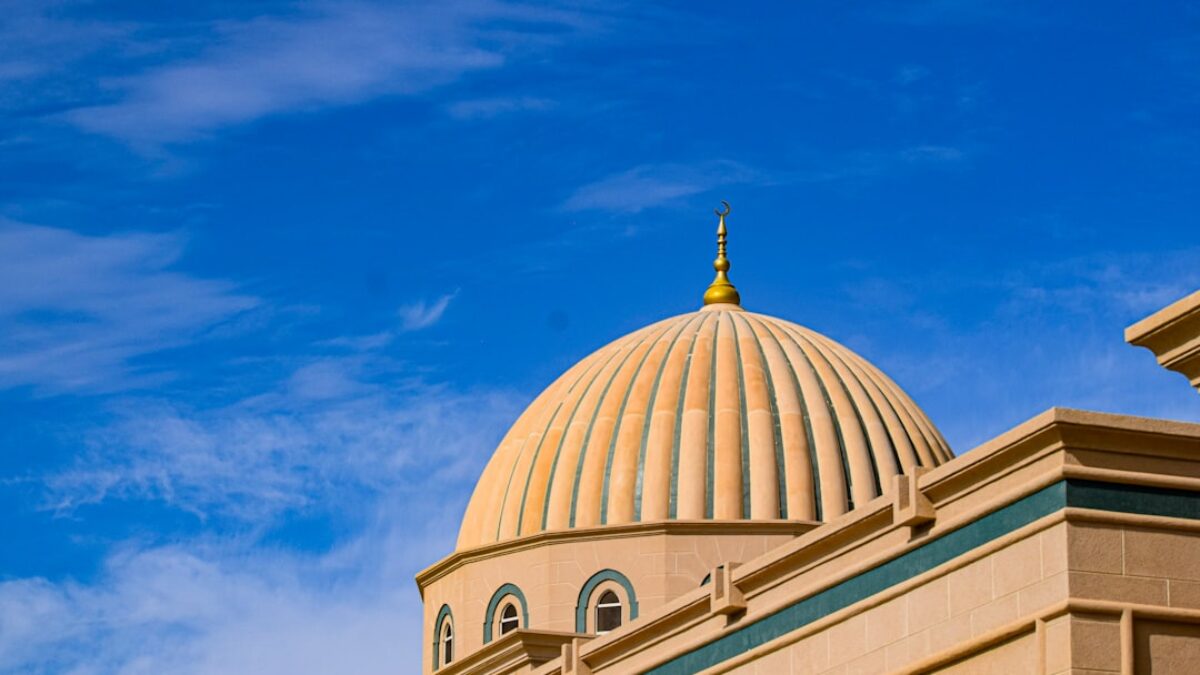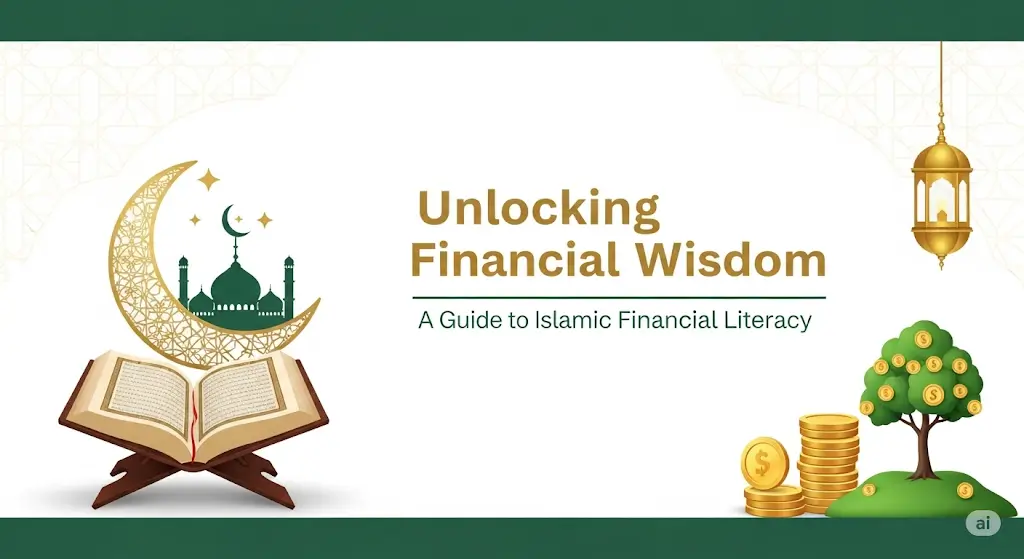Islamic culture is one of the world’s most enduring and influential civilizations, stretching across fourteen centuries and every continent. For modern learners—whether Muslim, non-Muslim, academic, or simply curious—understanding its history, traditions, and contemporary practices offers invaluable insights into global affairs, spiritual wisdom, and shared human heritage. This Ultimate Guide to Learning Islamic Culture distills the essentials into a single, practical roadmap, blending scholarly depth with everyday relevance.
Understanding Islamic Culture
Definition and Scope
Islamic culture encompasses the values, customs, arts, sciences, laws, and social norms that have emerged under the influence of Islam’s core teachings. It is neither monolithic nor static; rather, it is a dynamic mosaic shaped by geography, language, and historical epochs. From Andalusian architecture to Ottoman calligraphy, from West-African Sufi poetry to Indonesian batik, Islamic culture expresses unity through diversity.
Historical Timeline
- 610–632 CE – Revelation of the Qur’an and the Prophet Muhammad’s mission.
- 632–661 CE – Rashidun Caliphate: rapid expansion and codification of early governance.
- 661–750 CE – Umayyad Caliphate: architectural marvels like the Dome of the Rock.
- 750–1258 CE – Abbasid Golden Age: translation movement, House of Wisdom, algebra, optics, and medicine.
- 1258–1924 CE – Post-Mongol sultanates, Timurid renaissance, Ottoman, Safavid, and Mughal empires.
- 1924–Present – Nation-states, revivalist and reformist movements, globalization, and digital Islam.
Key Components of Islamic Culture
Theological Foundations
Islamic culture is anchored in the Qur’an and the Sunnah (Prophetic traditions). These sources establish ethical norms—justice, mercy, stewardship—reverberating through literature, commerce, and environmental policy today.
Ritual and Worship
- Five Pillars: Shahada (testimony), Salat (prayer), Zakat (almsgiving), Sawm (fasting), Hajj (pilgrimage).
- Life-Cycle Rites: Aqiqah (birth), Nikah (marriage), Janazah (funeral) each blend scripture with local customs.
Artistic Expressions
Islamic art avoids anthropomorphic icons, emphasizing geometry, arabesque, and calligraphy. Notable examples:
- Alhambra in Spain: muqarnas (stalactite vaulting) and flowing script.
- Iranian tilework: cobalt, turquoise, and gold patterns reflecting Qur’anic verses.
- Contemporary street art: eL Seed’s “Perception” mural in Cairo merges graffiti and Arabic calligraphy.
Social Structures and Gender Roles
Traditional kinship patterns, such as the extended family and tribal solidarity (ʿaṣabiyyah), coexist with modern egalitarian movements. Women’s roles range from scholars like Fatima al-Fihri (founder of the world’s oldest university) to contemporary entrepreneurs leveraging Islamic finance principles in fintech startups.
Economic Ethics
Islamic finance bans interest (riba) and promotes risk-sharing (mudarabah). Instruments like waqf (endowments) funded hospitals, caravanserais, and universities historically—and now underlie green sukuk for solar projects in the UAE.
Benefits and Importance
Personal Enrichment
- Spiritual Resilience: Practices such as daily prayers and fasting cultivate mindfulness and empathy.
- Cultural Literacy: Understanding terms like in shā’ Allāh (God-willing) fosters respectful dialogue in multicultural workplaces.
Professional Advantages
| Industry | Benefit | Example |
|---|---|---|
| Finance | Access to $3 trillion Islamic banking sector | Sharia-compliant ETFs on NASDAQ |
| Technology | Designing halal logistics apps | Malaysia’s DagangHalal platform |
| Healthcare | Culturally sensitive care | Halal pharma certifications |
Global Citizenship
With 1.9 billion Muslims worldwide, grasping Islamic culture reduces stereotypes, enriches travel experiences, and nurtures ethical leadership in an interdependent world.
Practical Applications
Self-Guided Study Roadmap
Step 1: Foundational Reading
- The Qur’an – A New Translation by M.A.S. Abdel Haleem
- Lost Islamic History by Firas Alkhateeb
- Islamic Art and Architecture by Robert Hillenbrand
Step 2: Multimedia Immersion
- Podcasts: “The Mad Mamluks” for contemporary debates.
- MOOCs: EdX’s “Islam Through Its Scriptures” by HarvardX.
- Virtual museum tours: Aga Khan Museum online galleries.
Step 3: Experiential Learning
- Visit a local mosque during open-house events.
- Attend Ramadan iftar dinners to observe communal fasting.
- Volunteer with Islamic Relief to see faith-based humanitarianism in action.
Language Skills
Mastering Arabic script unlocks primary sources. Begin with:
- Duolingo Arabic or Madinah Arabic Reader.
- Flashcards for Qur’anic vocabulary (e.g., ṣabr = patience).
- Weekly conversation tables at university MSA chapters.
Networking Etiquette
When attending lectures or visiting homes:
- Dress modestly—loose clothing covering arms and legs.
- Greet with as-salāmu ʿalaykum (peace be upon you); reply wa ʿalaykum as-salām.
- Bring a small gift—dates or pastries are universally appreciated.
Frequently Asked Questions
What is the difference between Islam and Islamic culture?
Islam refers to the religion based on Qur’anic teachings and prophetic traditions. Islamic culture is the broader civilization—including art, law, cuisine, and social customs—that Muslims and non-Muslims have produced under Islamic influence. For example, dolma (stuffed grape leaves) is a cultural dish served across the Balkans, Turkey, and the Levant, though its consumption is not a religious obligation.
How do regional variations affect Islamic practices?
While core rituals (prayers, fasting) remain uniform, local customs color their expression. In Indonesia, tahlil recitations blend Javanese gamelan music, whereas in Morocco, the Andalusi nubah infuses worship with medieval Iberian melodies. These variations illustrate the Qur’anic principle: “We have made you into nations and tribes so that you may know one another” (49:13).
Are there modern movements reinterpreting Islamic culture?
Yes. Movements such as Islamic Modernism (19th-century), Islamic Feminism (e.g., Amina Wadud leading mixed-gender prayers), and eco-Halal initiatives (green mosques in Dubai) are re-examining tradition through contemporary lenses like human rights and sustainability.
Can non-Muslims participate in cultural events?
Absolutely. Open iftars, university MSA panels, and interfaith dialogues welcome guests. Participation should be respectful: observe dress codes, avoid eating or drinking publicly during fasting hours if attending Ramadan events, and ask questions politely.
What resources help parents teach children about Islamic heritage?
- Storybooks: “Golden Domes and Silver Lanterns” by Hena Khan.
- Animated series: “Omar & Hana” on YouTube.
- Travel: Visit the 1001 Inventions exhibition for hands-on science displays.
How is Islamic culture responding to digital technology?
Hackathons like Muslim Tech Fest develop halal-certification AI tools. Virtual Hajj apps offer 360-degree tours for elderly or disabled Muslims. Meanwhile, scholars issue fatwas on crypto-asset permissibility, balancing innovation with ethical boundaries.
What are common misconceptions non-Muslims hold?
- Misconception: All Muslim women wear black abayas. Reality: Styles vary from colorful Malaysian baju kurung to Nigerian ankara prints.
- Misconception: Jihad means “holy war.” Reality: Linguistically, jihād means “struggle,” often personal spiritual striving.
- Misconception: Islamic art is only geometric. Reality: Persian miniatures and Mughal portraiture showcase figurative elements in secular contexts.
Conclusion
Learning Islamic culture is less about memorizing dates and more about engaging with living traditions that continue to shape global ethics, aesthetics, and economics. By combining scholarly resources, immersive experiences, and respectful curiosity, you gain not only intellectual capital but also human connection across civilizations. Whether you are planning a business venture in the Gulf, teaching world history, or seeking spiritual inspiration, this guide equips you to navigate Islamic culture with confidence and empathy. The journey begins with a single verse, a shared meal, or a humble question—each step unlocking centuries of wisdom ready to meet the challenges of tomorrow.
























Post Comment